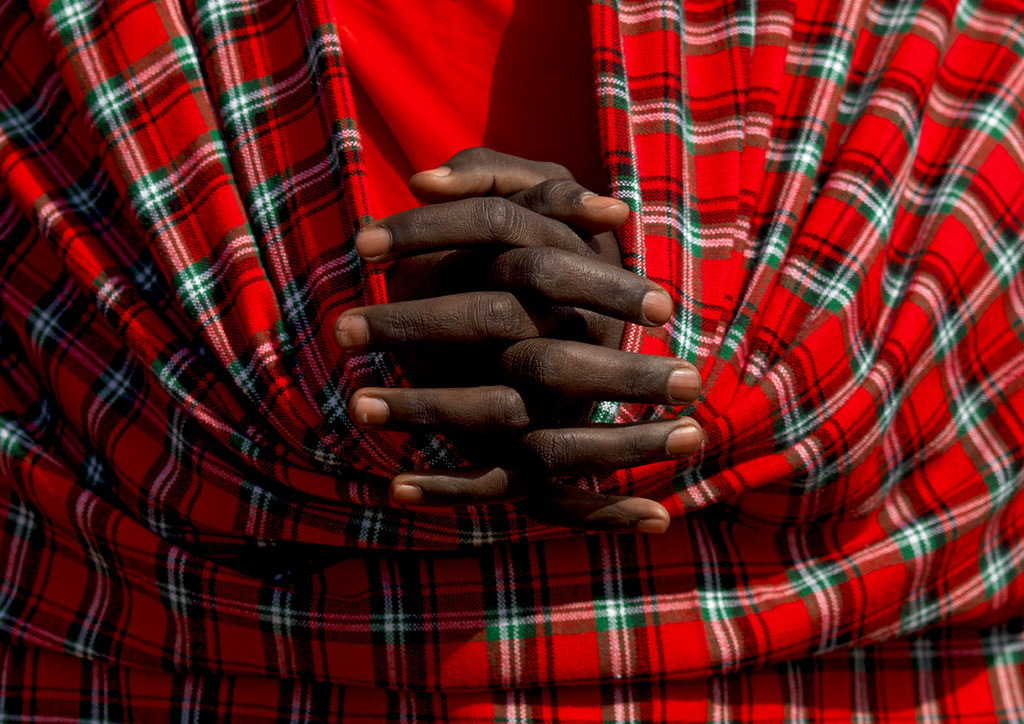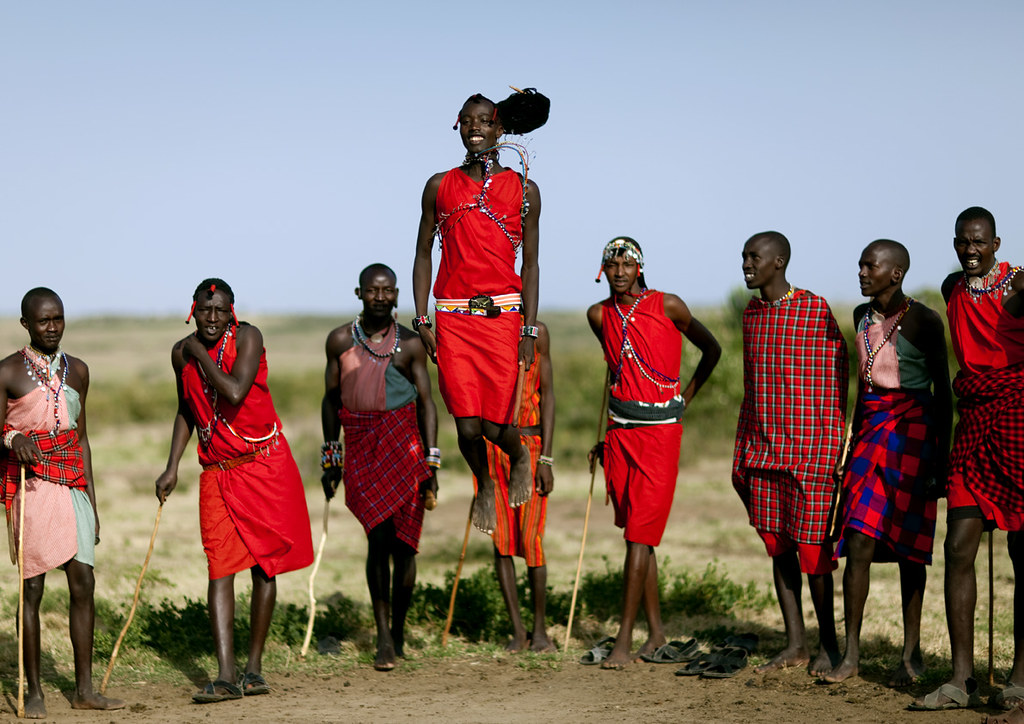
Explore the Teso Region.
Explore the Teso Region.
Learn about the Teso Region: The Iteso people are part of the Jie group of plain nilotes and belong to a smaller group called Ateker. They live in eastern Uganda. Many people thought that they originated from South Ethiopia or Sudan and first lived in Karamoja. The Iteso is the nàm3 given to the native inhabitant of the Teso people. Today, the Iteso people live in districts like Soroti, Kumi, Bukedia, Amuria, Serere, Ngora, Katakwi, Kaberamaido, Kapelebyong, Tororo, and some areas in western Kenya.
History about Teso
The Iteso people are thought to have originated from southern Ethiopia or Sudan many years ago and first moved to Karamoja. Some historians believe that the Iteso people came from the Karamoja area but separated because their cultural practices and naming systems were different from those of the Karamojong people. Most Iteso clan names are influenced by both Bantu and Nilotic languages, and the Iteso have also mixed with the Japadola due to migrations from a long time ago.
Traditionally, Iteso people is said to have moved to two phrase. The first flight took them to what is now Karamoja and western Kenya, and it was a smooth and peaceful journey. However, the history lamented that the great hero Oduk and his wife Amongin is said to have helped the Iteso during their second migration to the modern day Busia around 1500AD.
During the colonial time, the i5eso had a strong cool relationship with the pre-colonial group and they were hostile. Because of living together, the Iteso people married with neighboring communities and mixed their beliefs and customs.
Reasons to visit the Teso area.
The past troubles in the Teso area have led to a negative view of peace there. Conflicts like the Karamajong attacks and General Ikonyi. The Teso area in Eastern Uganda is a lovely place to visit. It includes districts like Soroti, Kumi, Kaberamaido, Amuria, Katakwi, Kapelebong, and Bukedea. The local people speak Ateso as their main language. The Teso region has great weather and a flat scenery, featuring rocky hills and valleys that create an exciting environment. The people of Teso are known for their hospitality and plurilingual societies, they are warm and welcoming to tourists and will make you feel at home. The area has better roads, making it easier for people, tourists, and things to get to the Teso sub-region. There are also better places to stay. In addition to its infrastructure, the region is known for the stunning Nyero rock paintings in Ngora. It is also home to knowledgeable people who value the land and engage in farming, both crops and animals. Their traditional dance is a popular attraction in eastern Uganda.
Tours of Teso culture.
Iteso were mainly pastoralists who take their livelihoods in rearing cows, goats. Sheep and chicken during your cultural encounters to Teso, the Uganda cultural tours will reveal to you the Iteso culture, teso language, traditional food, exposes you to Teso community, cultural heritage, Teso entertainment, homestead and kingship among others.
Traditionally, the Teso people enjoyed singing and dancing to educational folk songs during various events. These songs include Ataikatiaka Kitiso, which celebrates the unity of the Teso people, Akidai Imojong, a song that encourages respect and care for elders, and Iyalama Imojong, which shows appreciation for elders, among others.
The cultural tour in teso area are the best cultural experience for travelers varying from teso village tours and night visits. These experiences aren’t just about sightseeing; they also let visitors connect with the local community and learn about their unique traditions. You can choose to spend a night in a traditional hut called “etogo” and learn exciting details about the past of Teso. The traveler will take part in different local activities while learning about the economy of Iteso, like basket making, hut building, and clay sculpting. You can experience their local food and celebrations with traditional stories. What an unforgettable trip this will be!
Wild safaris in the Teso area.
The Teso region offers an amazing wildlife adventure that is memorable and special. This area is fortunate to have nearby places like Mount Elgon National Park, Pian Upe Wildlife Game Reserve, and several other protection areas.
Wildlife tour in Pian Upe game area.
Pian Upe Wildlife Game Reserve is the second largest conservation area after Murchison Falls National Park. It covers an area of 2,788 square kilometers, located north of Mount Elgon in northeastern Uganda. The game reserve is managed by the Mount Elgon Conservation Department and is situated in Nakapiripirit District. Eight districts are either part of or near the game reserve, including Moroto, Amudat, Napak, Kween, Katakwi, Kumi, Bukedea, and Bulambuli.
Pian Upe game reserve is home to large rock pythons and the biggest lizards, the Savannah monitors. You can also find common reptiles like Agamas, skinks, chameleons, geckos, and safe water snakes in the reserve. Carnivores include animals like jackals, civets, spotted hyenas, cheetahs, and wild cats.The Pian Upe Wildlife Reserve is home to many animals, including lions, elephants, black rhinos, and giraffes. The game reserve is home to animals like plain zebras, common elands, oribis, and the only remaining unique roan antelope in Uganda. Many large mammals can be found in the Pian Upe game reserve, such as lions, leopards, cheetahs, giraffes, buffalo, waterbucks, Uganda kobs, mountain reedbucks, roan antelopes, Jackson’s hartebeests, and oribis, among others. Many Eland, Topi, and Zebra move into the reserve to breed from North Bokora and Matheniko areas and then head north when the rains start. Birds include ostrich, secretary bird Sagittarius, and rare yellow-billed shrike. Pian Upe game reserve is home to over 330 amazing bird species that are unique to the area. This makes it a top spot for birdwatching, attracting bird fans from around the world. During your tour in Uganda’s Pian Upe Wildlife Reserve, you might see some rare birds, including the ostrich.
Wildlife tour in Pian Upe Game Reserve. Wildlife safari in Mount Elgon National Park.
Since Mount Elgon is a major draw in this area, you should include it in your trip. This extinct volcano is one of the oldest natural landmarks in Uganda. Mt. Elgon is home to two tribes: the Bagisu and the Sabiny. The Ndorobos, who are ignored, live deep in the Benet forest. The mountain has the biggest crater at its top. Mount Elgon National Park has more than 300 bird species, including the rare Lammergeyer. Common mammals in the park are blue monkeys and white colobus monkeys, along with a few resident elephants and some unique animals found in the mountain moorlands. You can go hiking, take nature walks, meet people in the neighborhood, and do many other activities here.
Hiking at Sipi Falls.
Sipi Falls is the only beautiful and lovely waterfall in Uganda. When you reach the top, you’ll feel a sense of greatness that makes you forget about the sore feet and muddy clothes from the long hike. You’ll walk through a somewhat rough area, with the sky shining on the flowing water, creating a beautiful view. The smell around you helps you enjoy nature in a beautiful setting. The satisfaction and joy of knowing that you have seen something so beautiful with your own two eyes will bring tears to many lucky hikers who get to experience this adventure directly.
Travelers on cultural safaris in Uganda’s Teso area will discover why it’s worth exploring the culture of the Teso people, an ethnic group in eastern Uganda. You will visit a traditional Teso village called “etogo” to learn about their farming and rural lifestyle. You’ll take part in activities like farming, basket weaving, and cooking traditional foods. This will give you a chance to experience their culture up close and talk with local community members to understand their customs and stories.
You can reach the Teso area by taking the road from Kampala to Jinja to Mbale. The drive is about 288 kilometers and takes around 4-5 hours. And also by helicopter.



